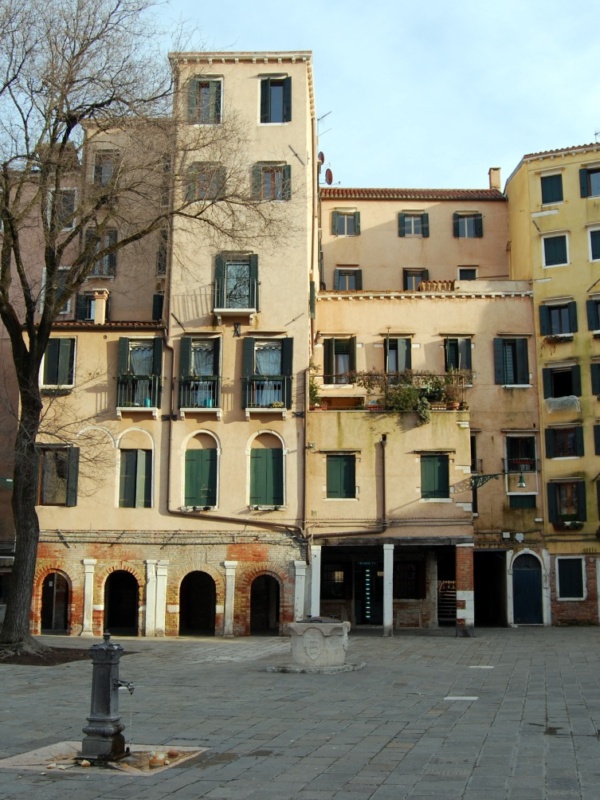
The Venetian ghetto is famous all over the world. It is absolutely worthwhile learning about its history.
‘Stolpersteine’
Venice is disseminated with ten-centimetre (3,9 in) concrete cubes topped by a brass plate with a short, but meaningful inscription. They are placed on the ground in front of certain buildings and are meant to bring back to memory the people who once lived there and became victims of Nazi persecution during World War II. They are called “Stolpersteine”.“Stolperstein” is a German word that means ‘stumbling stone’ or ‘stumbling block’. Each one of them is a single artwork per se, signed by Guenter Demning, a German artist, who laid thousands of them all over Europe, creating a spread-out memorial. He calls them ‘an intrusion of memory into everyday life’. Most of them quote names of Jewish people, often even of entire families.
The Jewish Ghetto
Some of them were actually laid within the area called the Venetian Ghetto of Venice, located in the Cannaregio district, that has been the hub to the Jewish community in Venice since March 29, 1516. In 1797 Napoleon and his troops conquered the city, pulled down the gates of the Ghetto, and granted the Jews equal rights. Therefore the Jews were free to spread out within the boundaries of the lagoon city. Yet, their social and religious heart remained, and still is, in the Ghetto.
The interesting urban fabric of the Ghetto was never destroyed, not even during World War II, and only partially restyled. Five historical synagogues, a midrash, the porches hosting the former pawn shops of the Ashkenazi community are veritable living heritage. They have been there for centuries and still bear witness of Levantine, Ashkenazi, Italian and Spanish Jews, who shared that space and formed one of the biggest foreign communities who lived in Venice in the past. At its height, the Ghetto housed some 4,000-5,000 Jews!
A visit to the Ghetto and surrounding areas offers a very different perspective on the history of Venice: you will understand the hows and whys of the political decision to allow the Jews to become residents of this city, and learn about the interesting interaction between them and the merchants of Venice.
 EN
EN IT
IT FR
FR DE
DE ES
ES RU
RU JP
JP Venicewithaguide.com
Venicewithaguide.com 